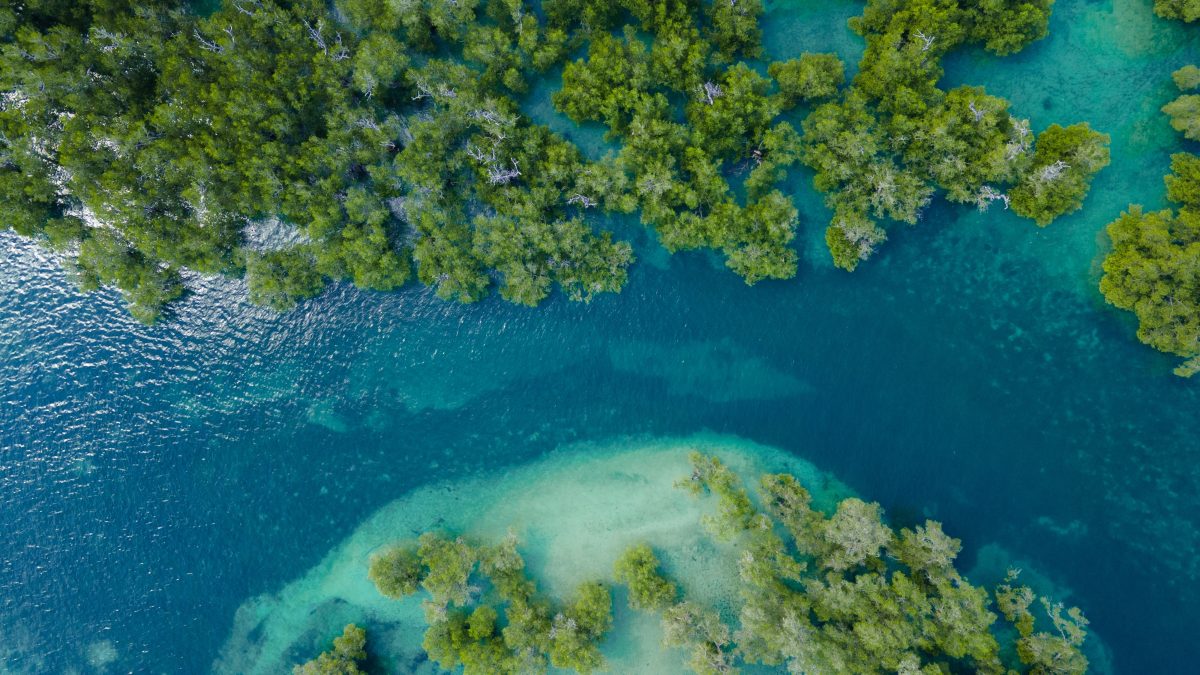Wonders of Mangrove Biodiversity: Understanding Coastal Natural Treasures

Photo Credit : Vectoniverse/Shutterstock
Mangroves are one of the most amazing and diverse ecosystems on Earth. They are found in tropical and subtropical regions, where they grow in the intertidal zones of rivers, estuaries, and coasts. Mangroves are not a single species, but a group of plants that have adapted to live in saline and oxygen-poor environments. They have special features such as aerial roots, salt glands, pneumatophores, and viviparous seeds that help them survive and thrive in these harsh conditions.
Mangroves are home to a rich variety of life forms, from microscopic organisms to large mammals. They provide food, shelter, breeding grounds, and nursery areas for many aquatic and terrestrial animals, such as fish, crabs, shrimps, oysters, clams, snails, worms, insects, birds, reptiles, amphibians, monkeys, and even tigers. Some of these animals are endemic to mangroves, meaning they are found nowhere else in the world. Mangroves also support the livelihoods of millions of people who depend on them for fishing, farming, tourism, and other activities.
Mangroves are not only important for biodiversity but also for the health and well-being of the planet. They play a vital role in maintaining the water quality and hydrological balance of coastal and marine ecosystems. They filter out pollutants, sediments, and nutrients from the runoff and prevent them from reaching the coral reefs and seagrass beds. They also protect the shorelines from erosion, storm surges, tsunamis, and sea level rise by absorbing the wave energy and stabilizing the soil. Mangroves are also among the most carbon-rich ecosystems in the world, storing more carbon per unit area than any other terrestrial forest. They sequester carbon from the atmosphere and store it in their biomass and soil for long periods of time, thus helping to mitigate climate change.
However, despite their immense value and benefits, mangroves are under serious threat from human activities. According to the Global Mangrove Alliance, the world has lost about 35% of its mangrove area since 1980, mainly due to deforestation, conversion, aquaculture, agriculture, urbanization, and infrastructure development. These activities not only destroy the mangrove habitats, but also release the stored carbon into the atmosphere, contributing to global warming. The loss of mangroves also reduces the resilience and adaptation capacity of coastal and marine ecosystems and communities to the impacts of climate change, such as increased frequency and intensity of storms, floods, droughts, and heat waves.
Therefore, it is imperative to conserve and restore the mangrove forests for the sake of biodiversity, climate, and humanity. There are many initiatives and efforts being undertaken by governments, organizations, communities, and individuals to protect and restore the mangroves around the world. For example, Indonesia, which has the largest mangrove area in the world, has committed to restoring 600,000 hectares of mangroves by 2030. The Mangrove Action Project, a global network of NGOs, scientists, and activists, has developed a community-based ecological mangrove restoration method that involves the participation and empowerment of local people. The World Wildlife Fund, in partnership with the Global Mangrove Alliance, has launched the Mangroves for the Future campaign, which aims to increase the global mangrove cover by 20% by 2030.
These are just some of the examples of the wonders of mangrove biodiversity and the actions that are being taken to preserve and enhance them. Mangroves are truly coastal natural treasures that deserve our appreciation and protection. By understanding and valuing the mangroves, we can ensure their survival and sustainability for the benefit of ourselves and future generations.

